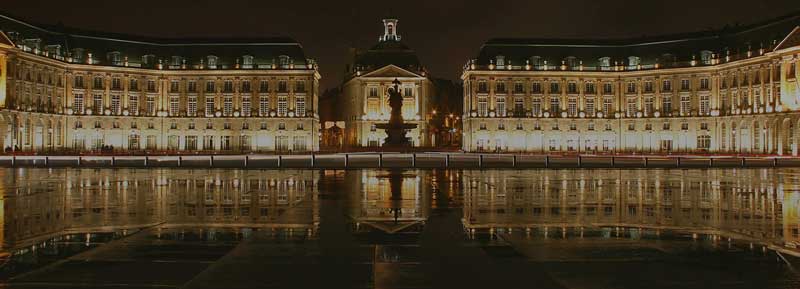ON CAMPUS DESIGN & PLANNING
There is a relationship between the academic ideals of an institution and the physical reality of its campus and buildings. Campus design is akin to urban design—the design and management of the public realm.
The precise control of public space allows for flexibility and change in the design of individual buildings, and therefore should be the principal instrument of physical planning.
by Michael Dennis
visit our desktop site to read full article
ARCHITECTURE &
THE CUMULATIVE CITY
The contemporary city is the inheritor of two divergent conceptions of space: the assertive void of the pre-modern city, with its room-like public spaces of streets and squares, and the undifferentiated space of the modern city—a continuous field in which rationalized solids are loosely deployed.
As we expand our understanding of the cumulative city, we should reevaluate these apparently antagonistic traditions as potentially mutually beneficial and complementary design strategies.
by Michael Dennis
visit our desktop site to read full article
EXCURSUS AMERICANUS
The crisis of the contemporary American city has its roots in the intersection of the French Enlightenment with the American landscape. Jefferson's delicate balance between the public and ideal on the one hand and the private and circumstantial on the other remains an evocative image as we once again anticipate an urban architecture.
by Michael Dennis
visit our desktop site to read full article
LANDSCAPE AND THE CITY
The interrelationship between landscape and the city has undergone a formal and philosophical reversal over the past 500 years, from Renaissance concepts of the garden as mediator between city and nature to current efforts to completely diffuse the built environment into a naturalistic landscape—in effect, to use landscape as a substitute for the city.
This new paradigm is incomplete, however, as it fails to address the ominous urban and environmental issues we face in the twenty-first century. A more comprehensive, ecologically-based planning strategy that interweaves landscape with architecture and urban design is required.
by Michael Dennis & Alistair McIntosh
visit our desktop site to read full article
TEMPLES & TOWNS: URBAN
PRINCIPLES FOR THE 21ST CENTURY
Unprecedented environmental and cultural problems confront us in the twenty-first century. Sprawl, and its progeny, globalization, are at once the cause and the result. Refocused technology may help a redirected effort, but alone it is not enough.
Compact, more sustainable communities, a realignment of architecture and urbanism, and the reestablishment of the hegemony of urbanism over architecture will be required. In short, architecture is in desperate need of a larger civic agenda.
by Michael Dennis
visit our desktop site to read full article
THE UFFIZI:
MUSEUM AS URBAN DESIGN
The complex of urban elements extending from the Uffizi and the Piazza della Signoria to the Pitti Palace and the Boboli Gardens connects disparate parts of Florence's urban fabric, functioning at a variety of scales—from the individual building to the city within the landscape.
In its direct engagement with the city's public spaces and infrastructure, this composition stands in contrast with modern architecture's prevalent disregard for the public realm of the city.
by Michael Dennis
visit our desktop site to read full article





